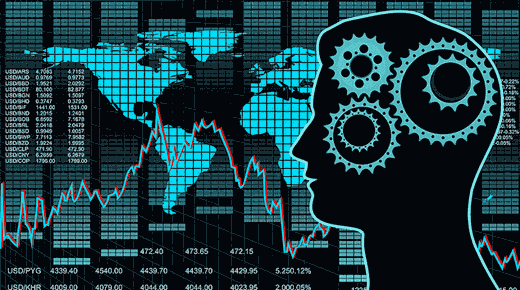Is Big Data too dangerous to use?
Credit: Kami Phuc
This month’s column comes from a convergence of finishing my article, “Statistical Thinking for OD Professionals,” for the OD Practitioner, and reading “How Statistics Lost their Power—and Why We Should Fear What Comes Next” in the Guardian, and Weapons of Math Destruction by Cathy O’Neil (Crown Publishing Group, 2016). I modestly titled this column “A History of Statistics,” even though I have only six credit hours of statistics education. A better title might be “Dave’s Pretty True Story of the Evolution of Statistics.” Here goes.
|
ADVERTISEMENT |
…

Comments
Big Data
Hello David,
Enjoyed your article, especially the section on Big Data.
"A big data model frequently does not clearly disclose its purpose, inputs, analysis techniques, outputs, and ability to test its own veracity and learn from that feedback."
A big data model so described is not a scientific model. Reminds me of Professor Michael Mann's "hockey stick" with results that have directed the careers and funds of so many. And he fought tooth and nail to prevent verification of his data and methods, indeed is still fighting today.
William H. Pound, PhD
Big Data
Hi David
Big data is opaque is definitely yes because we can only see the final analysis but not the causes and situations in detail by oneself. As it reminds of CEO of Boeing expressed that it is not that we should not have complex (big) data to deal with but complex data if fail will be in complex ways.
Add new comment